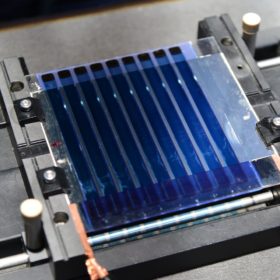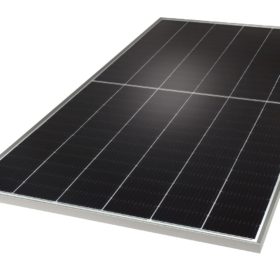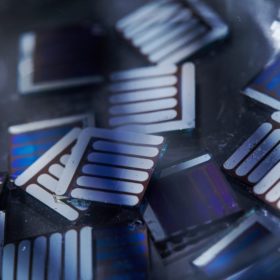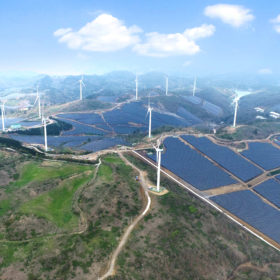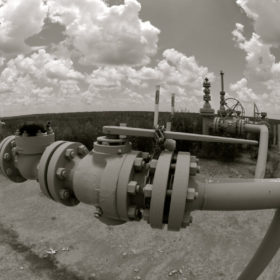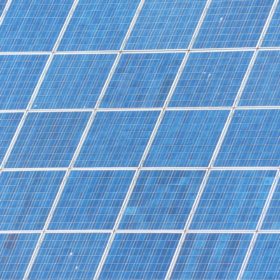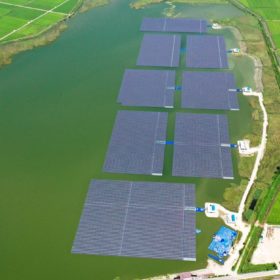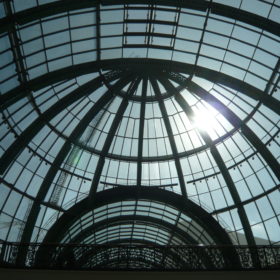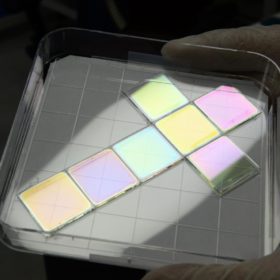More efficient large-area organic solar cells with spin coating
Researchers in South Korea have used the process to increase performance and the replicability of large-area organic cells. The method was used during film formation to speed up solvent evaporation.
Hanwha Q Cells to offer its most powerful panels in Europe
The South Korean PV manufacturers is bringing its three most powerful solar panels to Europe. All of them are based on its Q.antum Duo Z tech, which reduces the gaps between cells and drives up module efficiency by 4% in relative terms.
South Korea bets on tandem solar technologies
The South Korean government has released a new roadmap to support R&D activities in the solar sector. The document indicates the country’s solar manufacturing industry may be encouraged to opt for high-efficiency and expensive panels based on tandem solar cells.
South Korea’s largest hybrid solar-wind project
A 133 MW hybrid solar-wind power plant linked to 242 MWh of storage is currently being built in a mountainous area in South Korea. Chinese manufacturer JA Solar has provided the modules for the PV section.
Global green hydrogen project pipeline reaches 50 GW
International thinktank IEEFA says there are 50 viable green hydrogen projects under development with an estimated renewable energy capacity of 50 GW and the potential to produce 4 million tonnes of the fuel annually.
Daily news round-up: UK reveals details of next renewables auction, Iran’s first floating PV and more hydrogen
Taiwanese cell manufacturer Inventec Solar reportedly halted production this month and Ireland is preparing to remove rooftop solar panel restrictions, according to the Irish Independent.
South Korea’s largest floating PV plant now online
Developer Scotra claims that the project is the second-biggest floating PV array outside of China.
The steeplechase of transparent PV
A South Korean research team has claimed that transparent PV technologies need to improve in terms of efficiency, stability and aesthetics before they can reach commercial maturity.
Cadmium-free CIGS solar cell with 18% efficiency
South Korean scientists manufactured the cell with the chemical bath deposition method, using different thiourea concentrations. For the buffer layer, they used zinc instead of cadmium sulfide. The cell is flexible and is available in seven different colors.
Residential storage solution with LG Chem battery, SolarEdge inverter
The South Korean battery manufacturer has integrated SolarEdge’s Energy Hub system into its RESU 10H battery, which has a capacity of 5 kW and offers 9.8 kWh of storage.
